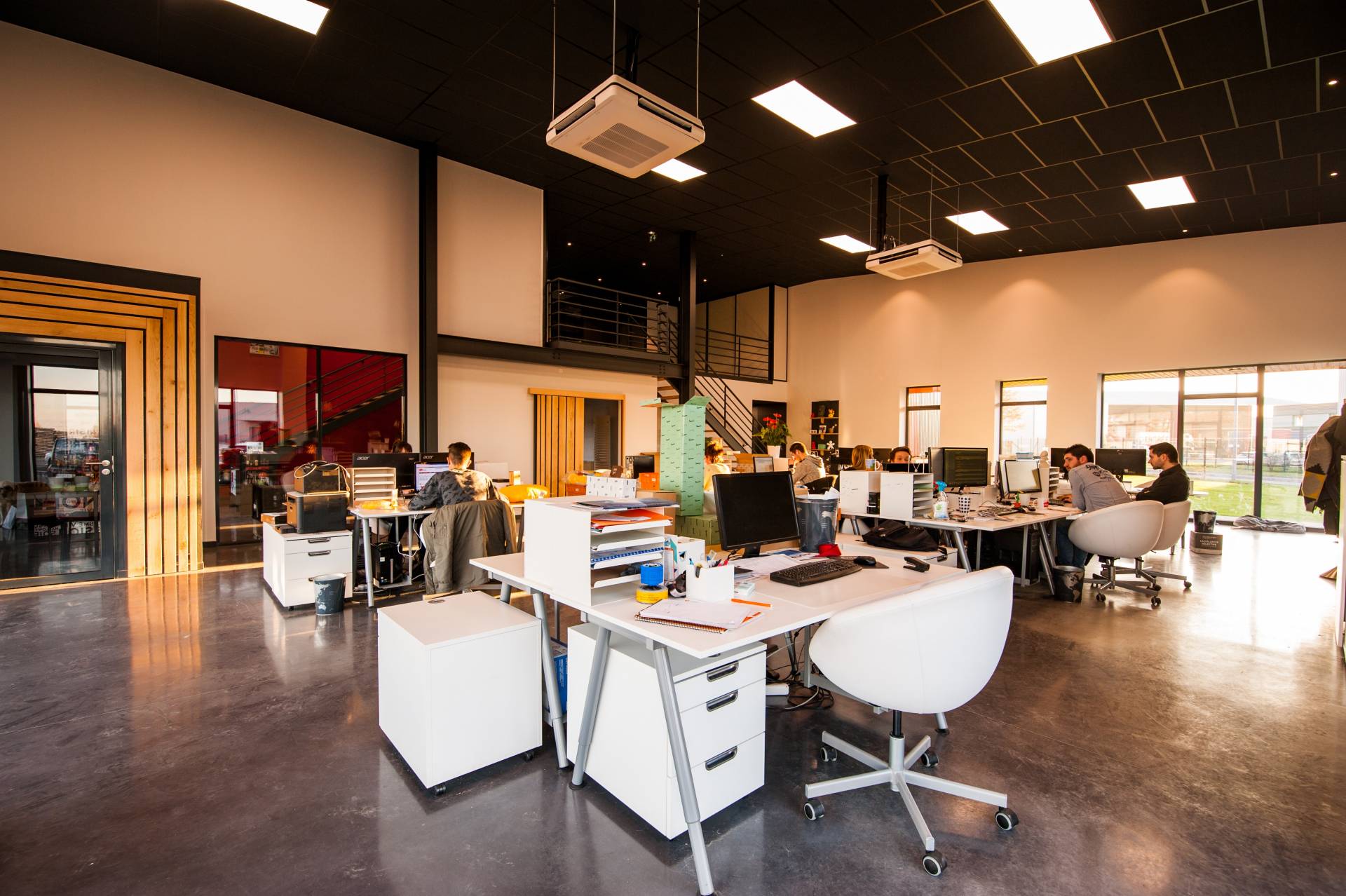No matter what business you’re in, choosing a first-rate office is important. When your work location allows you to focus on tasks, meet clients with confidence, and project a professional image all at the same time, it’s easier to achieve results that can help you take your business up a notch.
However, choosing an office isn’t just a matter of taking the nearest available real estate space. Many factors need to be considered for your property investment to pay off and lower the chances you’ll pick a space that doesn’t fit your needs to a T. For that, you can refer to the tips below.
- Plan Your Business Needs to the Last Detail
By knowing your business needs inside and out, you can narrow down your office space options in no time. Before you decide to bring your business to the nearest center of entrepreneurial activity, ask these questions first:
- What are the tools, equipment and peripherals you need, at the least?
- How many employees do you have, if any?
- How much space do you need to accommodate your equipment and employees?
- What other amenities, other than the bare essentials, should the office be able to accommodate?
- Does the office have a space where you can meet clients and other visitors?
- Is the office conducive to work? Is it free of noise, glare and unpleasant smells? If not, what can you do to make it better?
- Do you foresee having to expand your space? If so, when do you expect it to happen?
- Can you afford to pay for the office, regardless of your level of income and expenses? Your benchmark value should be the difference between your lowest projected income and highest projected expenses.
- Is the location as accessible as possible for you, your employees, your partner companies and your target clients/customers?
If it’s challenging to answer these questions at the moment, try to visualize what your business will be like once it’s up and running. After all, a TD Bank survey says that 76 percent of business owners credit their success to the use of visualization techniques.
One technique you can use is the mind map. Essentially, the mind map starts with one central idea that branches out into several interrelated ideas. For example, you can write the word “business” on a board, encircle it, draw lines emanating from the circle connected to phrases like “location,” “employees” and “equipment” and so on and so forth. The idea is to make a clear yet comprehensive visual model that helps you pin down every possible consideration for choosing an office space.
- Mobilize Your Real Estate Team ASAP
Of course, purchasing office space isn’t like plucking SPAM off a Wal-Mart shelf and checking out with the cashier. You have documents to prepare, papers to sign and landlords to negotiate with. It can be hard to handle all this, unless you have a team of experts to help you.
In particular, a real estate broker who specializes in corporate properties can be invaluable. Because they have a thorough understanding of your business needs, brokers can connect you with the owners of properties most suitable to your needs. Plus, if you’re lucky to land a tenant broker, you can cut back on costs since those types of brokers are typically compensated by landlords.
You’ll also need a lawyer who’s experienced with real estate matters. A lawyer can help you iron out any kinks in your lease contract, and ensure that the terms and conditions are as favorable to you as possible. Speaking of which …
- Consider Leasing
Unless you have millions of dollars in extra cash, it wouldn’t be practical to purchase your own property outright. That’s why most startup owners prefer to lease instead.
Aside from lower upfront expenses, leasing also lightens the pressure to compensate for your property investment ASAP. The cost of an upfront purchase can take at least seven years to recoup, while a lease contract can last from two to three years. Essentially, leases grant you more flexibility in case your business grows faster or slower than anticipated. Lease payments can also be used as tax deductions, which translates to lower expenses during the life of your business.
Be aware that there are different types of leases you can take advantage of, as follows:
- Net Lease. Aside from your monthly rent, you also pay a portion of expenses such as taxes, insurance and maintenance.
- Double Net Lease. Your lease is equal to the sum of your rent, taxes and insurance.
- Triple Net Lease. Your lease is equal to the sum of your rent, taxes, insurance and maintenance.
- Gross/Fully Serviced/Fixed Lease. Your landlord pays most or all of your operating expenses, though a portion of these may be passed on to you as a “load factor.”
Again, be sure to consult a lawyer for any vaguely worded provisions in your lease. These contracts are often skewed heavily in the landlord’s favor, so it’s important every term and condition is clear to you.
- Consider Shared Office Spaces
You don’t have to shoulder the lease by yourself. If there are other tenants who lease the same office space, you can divvy up your expenses with them. And if those tenants are engaged in businesses complementary to yours, you can also establish strategic partnerships that will benefit everyone involved.
- Have a Backup Plan
It’s possible that, even after careful consideration, your choice of office space may not be the best one after all. To offset any frustrations you might have with that arrangement, choose up to five possible offices that meet most or all of your criteria. Any more than five and you’ll end up with what is known as analysis paralysis, or the inability to make decisions due to the overabundance of choices.
With these tips, you should be able to construct a general plan for choosing an ideal office space.













